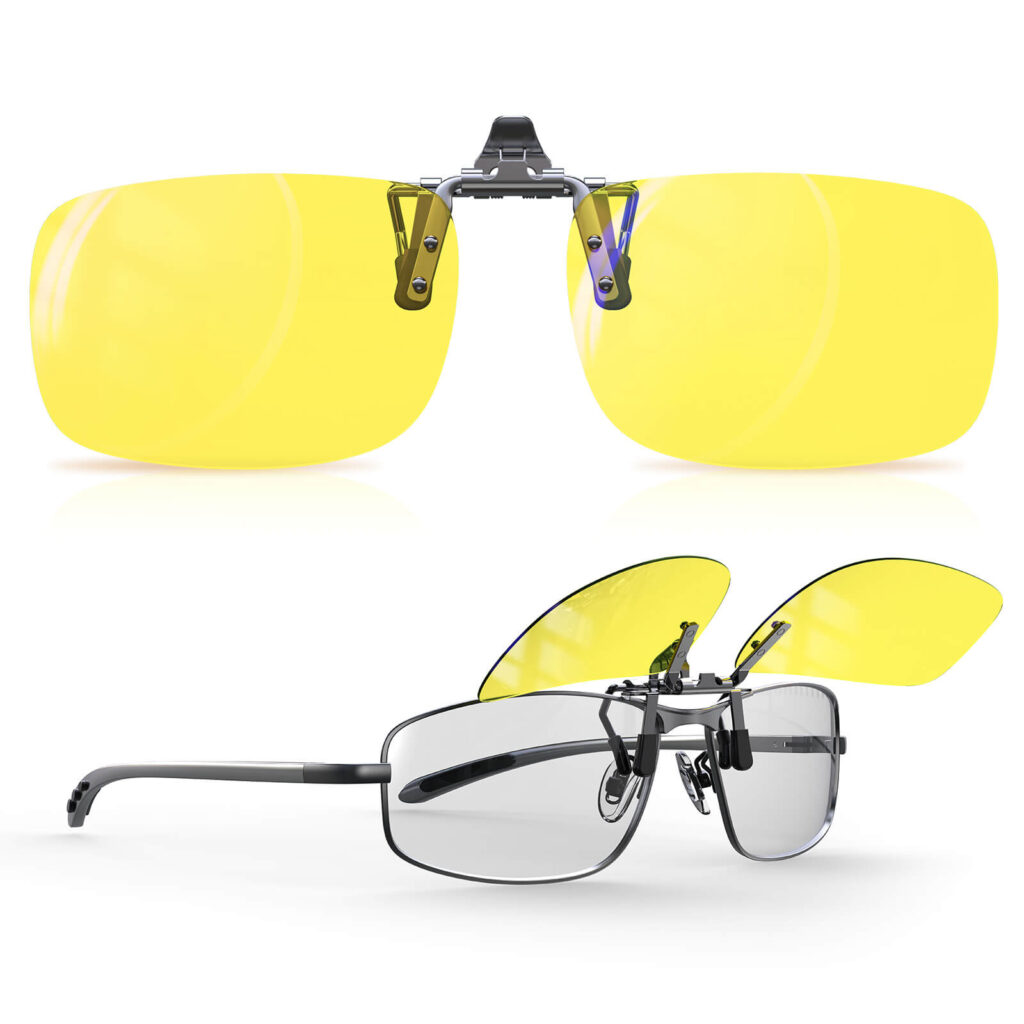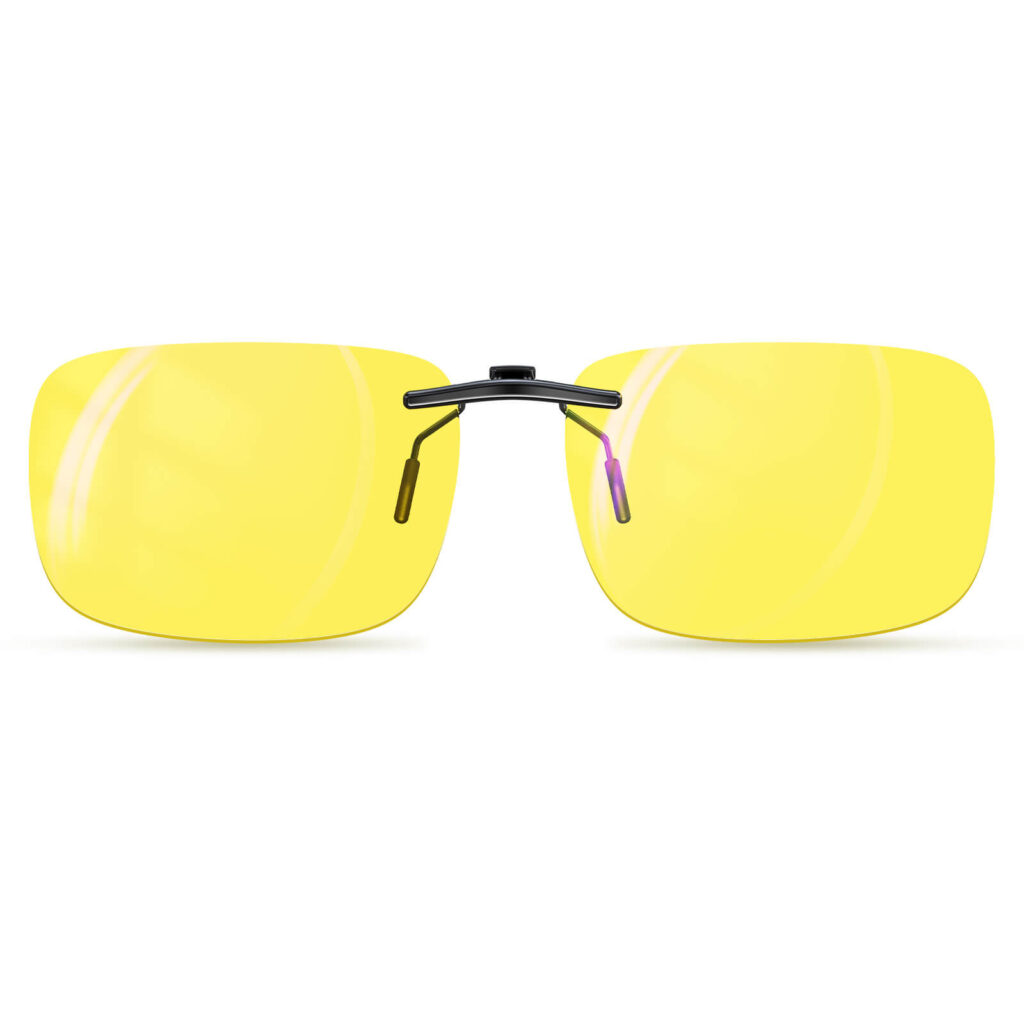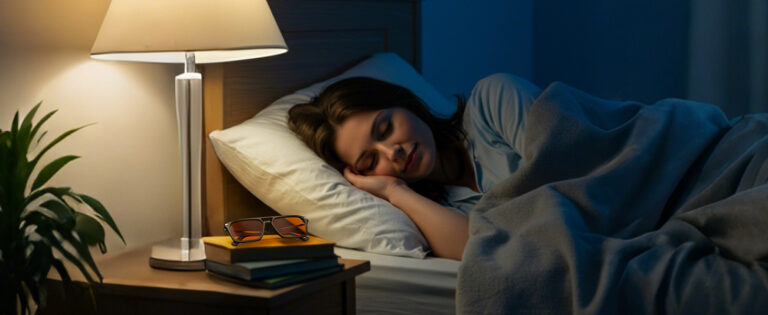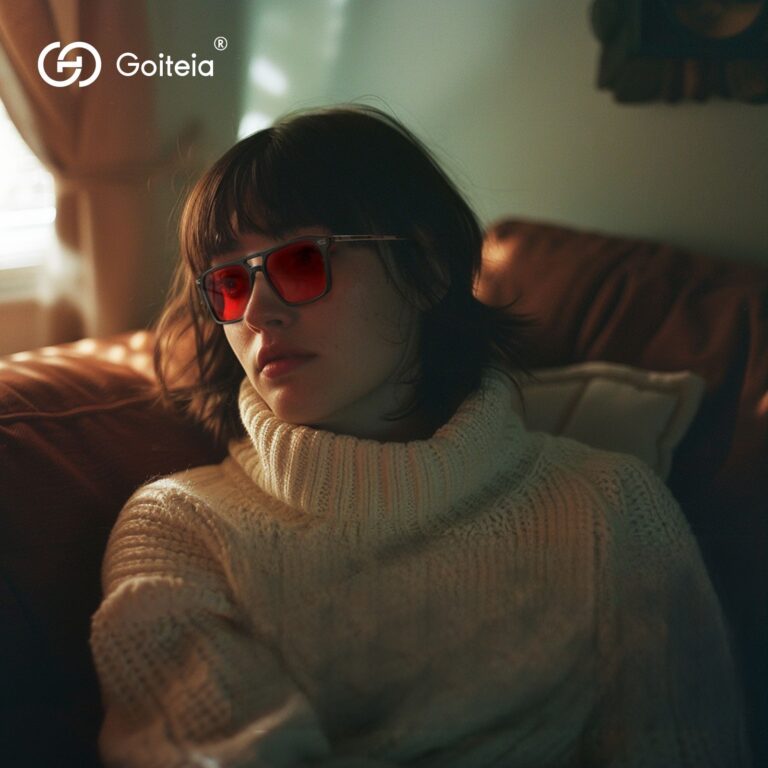Free UK/DE/FR/IT/ES/US Shipping SHOP NOW
As screen time increases, anti-blue light glasses are becoming a popular solution.From social media influencers to tech-savvy professionals, everyone seems to have an opinion on whether these glasses are the ultimate solution for eye strain and poor sleep. But do they really live up to the hype? Let’s dive into the details and find out if anti-blue light glasses are worth your time and money.
Criticisms, Risks, and Expert Opinions
Criticisms and Skepticism
You’ve probably come across mixed reviews about blue light glasses. Some people swear by them, claiming they’ve experienced significant relief from eye strain and improved sleep. Others, however, remain skeptical, questioning whether these glasses are truly necessary or just another fad. So, what’s the deal?
On social media, you’ll find a spectrum of opinions. Some users report that their blue light glasses have made a noticeable difference in reducing eye fatigue during long hours at the computer. For example, many people in tech fields or gamers who spend extended periods in front of screens say they’ve felt less strain and improved comfort.
Conversely, there are those who argue that the benefits of blue light glasses are overstated. Some individuals claim they saw no improvement in their eye strain or sleep patterns despite wearing the glasses consistently. This skepticism often stems from the lack of conclusive scientific evidence supporting the effectiveness of these glasses for everyone.

Potential Risks and Side Effects
While blue light glasses are generally considered safe, some people have raised concerns about potential risks or side effects. For example, a few users have reported experiencing headaches or discomfort when first wearing the glasses. This could be due to the adjustment period as your eyes adapt to the new lenses or the quality of the glasses themselves.
Another point of contention is whether these glasses might give users a false sense of security. Relying solely on blue light glasses without addressing other factors, like screen time habits or proper ergonomics, might lead to less effective results.
Expert Endorsements
Experts acknowledge that while blue light blocking glasses are not a cure-all, they can be an effective tool for reducing symptoms related to prolonged screen use and improving overall visual comfort.Several studies have explored the impact of blue light on eye health and the effectiveness of blue light blocking glasses. Research has shown that prolonged exposure to blue light from screens can contribute to digital eye strain, characterized by symptoms like dry eyes, blurred vision, and headaches.
It’s important to note that while some people find relief, blue light glasses might not be a one-size-fits-all solution. For instance, if your eye strain is due to poor posture or inadequate lighting, blue light glasses alone may not address the root cause. They should be part of a broader strategy to protect your eyes. Use blue light filters on your devices and ensure your workspace has proper lighting to further reduce eye strain.
What Are Anti Blue Light Glasses?
How Do Anti Blue Light Glasses Work?
The key to how these glasses work lies in their filtering technology. Blue light glasses typically feature special coatings or lenses that absorb or block a portion of blue light. This helps reduce the amount of blue light that reaches your eyes, theoretically easing strain and improving comfort.
Explanation of the Filtering Technology
The technology behind blue light glasses involves coatings that can absorb or reflect blue light. Some glasses use a yellow-tinted lens that helps filter out blue light, while others use clear lenses with specialized coatings. These coatings are designed to reduce glare and improve visual comfort by blocking specific wavelengths of blue light.
Enhanced Lens Materials
New lens materials are being developed to improve both the durability and performance of blue light glasses. For instance, advanced polymer materials are now being used to create lenses that are lighter and more impact-resistant than traditional lenses. These materials can also be treated to resist scratches and smudges, which helps maintain the effectiveness of the blue light filter over time. Additionally, some lenses are now designed with built-in UV protection, offering comprehensive eye protection by combining blue light blocking with UV filtering.
The Rising Demand for Blue Light Glasses
How Public Awareness Is Influencing the Market
As public awareness of digital eye strain grows, so does the market for blue light glasses. People are becoming more conscious of the effects of prolonged screen time, driving demand for solutions like blue light glasses. This increased awareness has led to a surge in innovative products and more companies entering the market, offering a wide range of options to cater to different needs and preferences.
Manufacturers are continually refining and introducing new products to keep up with the growing demand for anti-blue light glasses that cater to a wide range of needs and situations. They now offer lenses designed for specific uses, whether you’re on a computer, smartphone, or other devices. For example, there are now glasses tailored to different screen usage patterns—whether you spend 2 hours or over 8 hours a day in front of a screen. You can choose from clear or tinted lenses, or even clip-ons, based on your needs.
The role of healthcare professionals in promoting eye health
Optometrists and ophthalmologists are increasingly recommending blue light glasses as part of a broader strategy to alleviate symptoms associated with prolonged screen use. Experts recommend not only choosing high-quality anti-blue light glasses but also paying attention to the size of the lenses or glasses clips. This ensures better protection by providing comprehensive coverage that fits well around the eyes. This professional anti-blue light clips, for instance, can snugly fit onto your glasses, effectively blocking blue light and preventing it from slipping through any gaps.
Beyond recommending blue light glasses, healthcare professionals advocate for a holistic approach to eye health. This includes educating patients on good screen habits, such as taking regular breaks and practicing the 20-20-20 rule, which involves looking at something 20 feet away for 20 seconds every 20 minutes. They also stress the importance of proper lighting and ergonomics to reduce eye strain.
Innovations in Blue Light Technology
Context: The Growing Awareness of Digital Eye Health
As screen time becomes a central part of daily life, more individuals are grappling with issues like eye strain, headaches, and disrupted sleep patterns. These symptoms often stem from prolonged exposure to blue light emitted by digital screens.
For instance, spending hours on a computer for work or scrolling through a smartphone before bed can lead to intense eye fatigue. This fatigue is usually accompanied by a throbbing headache, making it difficult to concentrate on tasks.
Consumers are becoming more educated about the potential risks of blue light exposure, leading them to seek out products that can help mitigate these effects.
New advancements in lens technology
One of the major advancements in blue light glasses is the development of more sophisticated blue light filtering coatings. Modern coatings are designed to block a wider spectrum of blue light, including higher-energy blue light that is believed to be more harmful. These coatings are often made with specialized materials that can selectively filter out blue light while allowing other wavelengths to pass through, maintaining color accuracy.
Recent advancements have also seen the integration of blue light blocking technology with other lens features. For instance, some modern blue light glasses incorporate polarization to reduce glare, which is particularly beneficial for those who work outdoors or in brightly lit environments.
Integration with Other Technologies
Recent advancements have also seen the integration of blue light blocking technology with other lens features. For instance, some modern blue light glasses incorporate polarization to reduce glare, which is particularly beneficial for those who work outdoors or in brightly lit environments. There are also innovations that combine blue light filtering with progressive lenses, offering the benefits of blue light protection while also catering to those with presbyopia or other vision correction needs.
Conclusion
As digital screens dominate our lives, blue light glasses have become a popular topic. While opinions vary, many find them helpful for reducing eye strain and improving sleep. The market is expanding with new products, driven by increasing awareness and advances in lens technology. However, they should be part of a broader approach to eye health, including good screen habits and proper ergonomics.
FAQs
Do anti-blue light glasses really reduce eye strain?
Yes, many users report significant relief from eye strain when using anti-blue light glasses, especially during prolonged screen time. However, results can vary, and these glasses are most effective when combined with other eye care practices.
Are there any risks or side effects to wearing blue light glasses?
While generally safe, some users may experience an adjustment period where they might feel headaches or discomfort. This is typically temporary and due to the eyes adapting to the new lenses.
Can blue light glasses improve sleep quality?
Blue light glasses can help improve sleep quality by reducing exposure to blue light in the evening, which can interfere with melatonin production. However, they should be part of a broader approach to good sleep hygiene.
Are blue light glasses necessary for everyone?
Not necessarily. Blue light glasses are most beneficial for those who spend a lot of time in front of screens. If you experience symptoms like eye strain or disrupted sleep, they might be worth trying.
What should I look for when choosing blue light glasses?
When selecting blue light glasses, consider the quality of the lenses, the size of the frames for comprehensive coverage, and whether they fit your specific needs, such as for work, gaming, or general screen use.










